After years of facing a unique set of setbacks, Woodside Energy has started extracting oil from the Sangomar Field, Senegal’s first offshore oil project.
This development is set to transform Senegal’s economy and bolster its position in the global energy market.
Woodside’s CEO Meg O’Neill precisely described it as a “historic day” and a “key milestone” in the history of Senegal.
The Sangomar Field is a deepwater oil field that also contains gas located approximately 100 kilometres south of Dakar.
The project is expected to produce 100,000 barrels of oil per day, with potential to increase output.
This ambitious venture marks a huge step for Woodside Energy, which holds an 82% stake in the project, with Senegal’s state-owned energy company Petrosen holding the remaining 18%.

“This is a historic day for Senegal and for Woodside,” said Meg O’Neill. The vessel extracting the oil is moored around 60 miles offshore, beginning a new chapter in Senegal’s energy sector.
The Sangomar project, which has faced delays due to strategic changes and financial challenges, is now a beacon of hope for Senegal’s economic future. The floating production, storage, and offloading (FPSO) vessel, named after Senegal’s first president Léopold Sédar Senghor, has a storage capacity of 1.3 million barrels and operates at a depth of 780 metres. The first phase of the development includes 23 wells, with a total investment of up to $5.2 billion.
“First oil from the Sangomar field marks a new era not only for our country’s industry and economy but most importantly for our people,” stated Thierno Ly, general manager of Petrosen.
“We have never been so well positioned for opportunities for growth, innovation and success in the economic and social development of our nation,” he went on to say.

The project is expected to generate over $1 billion annually for the next three decades, significantly contributing to the nation’s GDP.
In addition to Sangomar, Senegal is also eyeing the Greater Tortue Ahmeyim (GTA) liquified natural gas (LNG) project, a joint venture involving BP, Kosmos Energy and Mauritania’s SHM.
This project aims to produce 2.5 million tons of LNG per year, further boosting Senegal’s energy portfolio.
Woodside’s commitment to the Sangomar project despite numerous setbacks since 2015 shows the project’s significance and potential.
The company now plans to analyse the results of phase one before deciding on further development phases.
The commencement of oil production at the Sangomar Field is a key moment in Senegal’s history, promising significant economic benefits and positioning the country as a key contributor in the global energy market. As Senegal embarks on this interesting journey, the focus will be on making sure exploitation of natural resources translates into tangible benefits for its people.
Text: Farai Chaka

